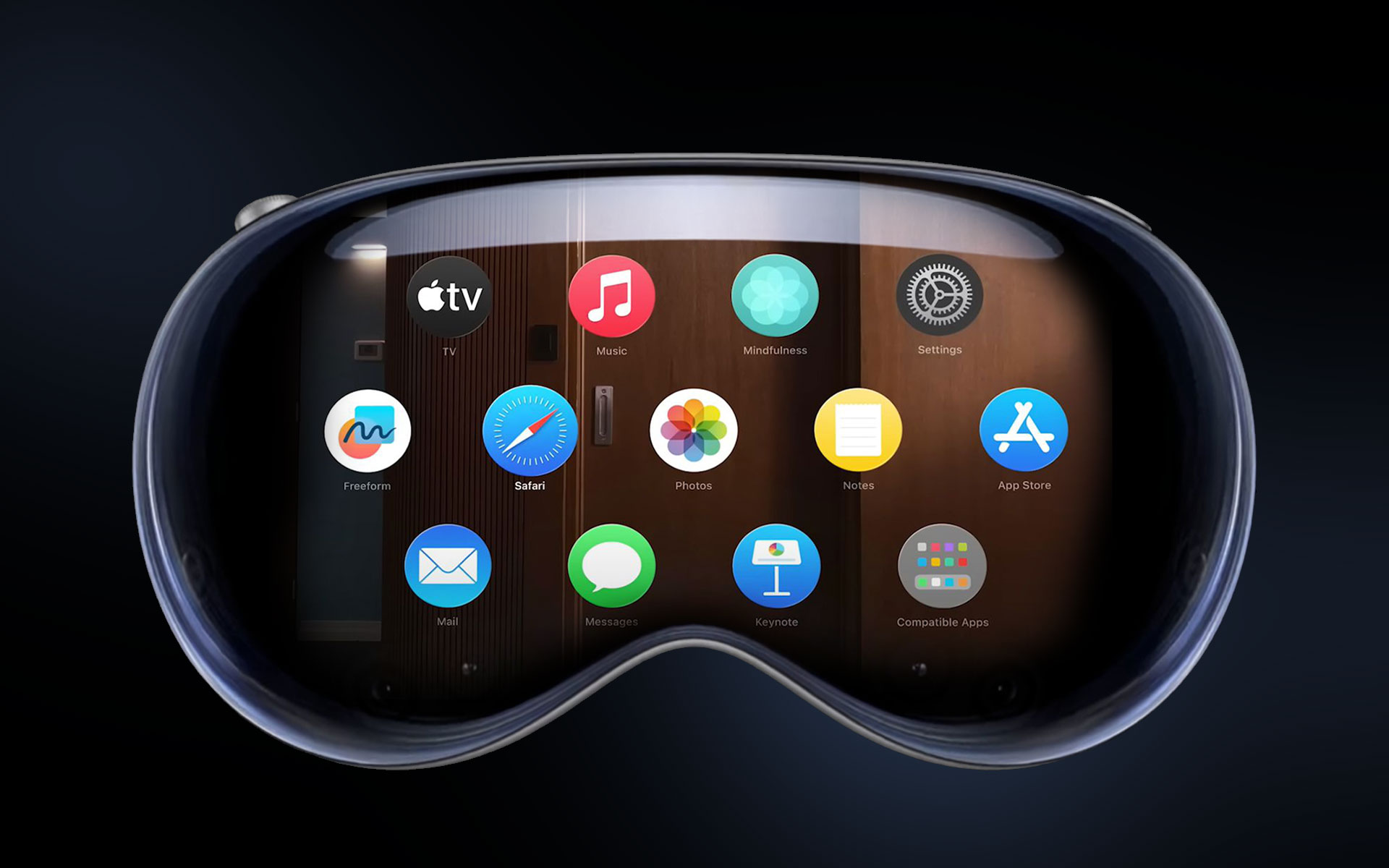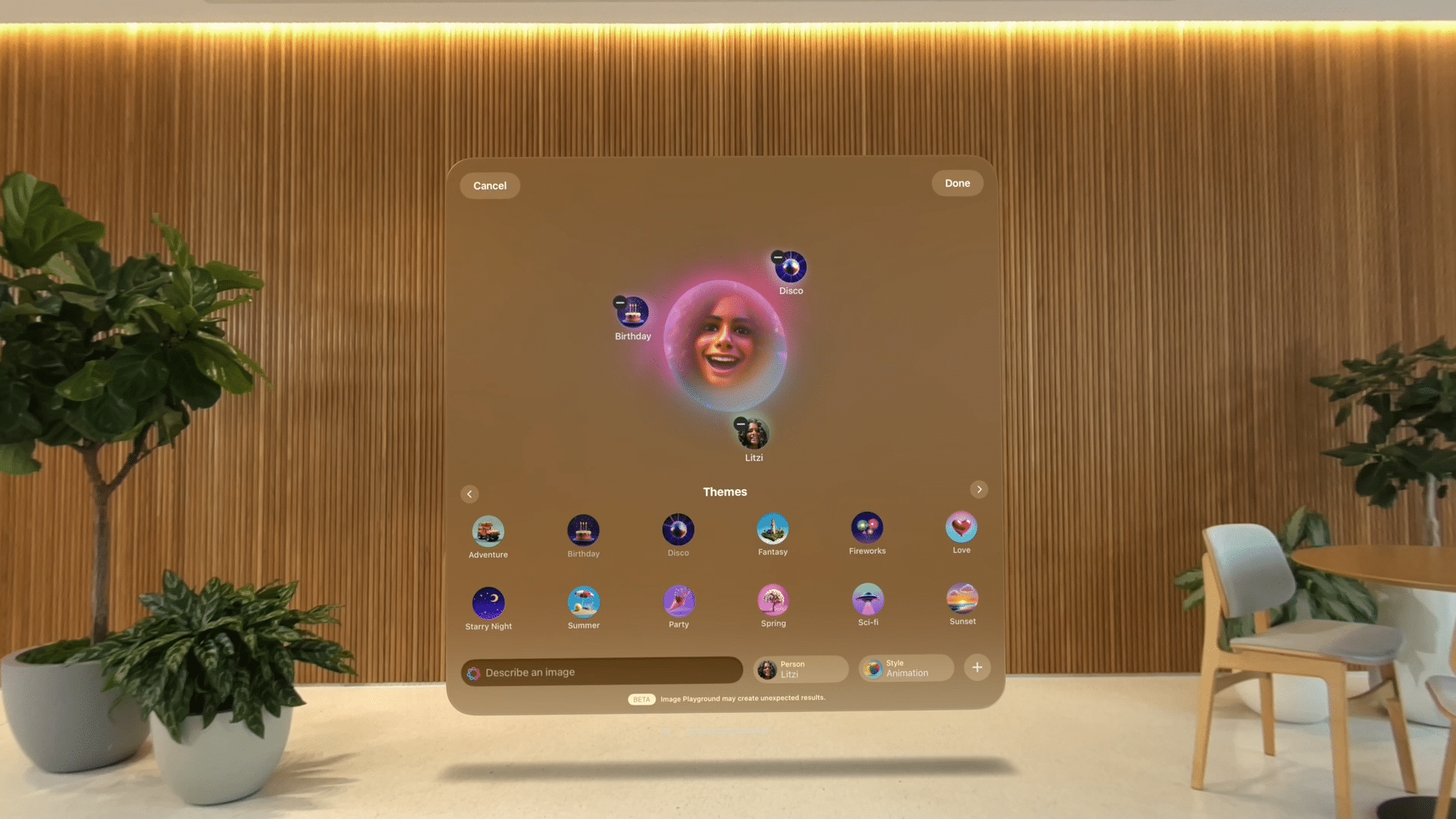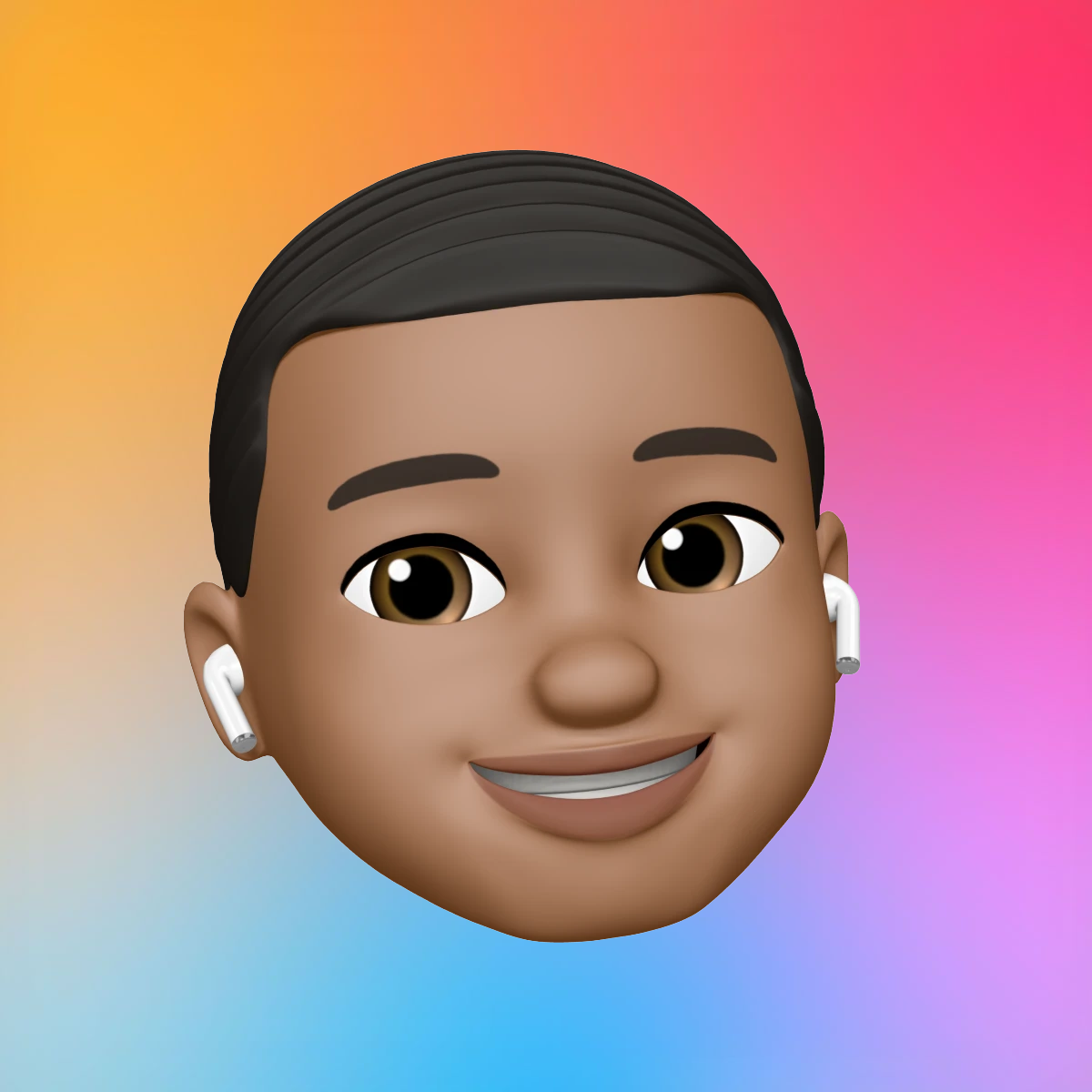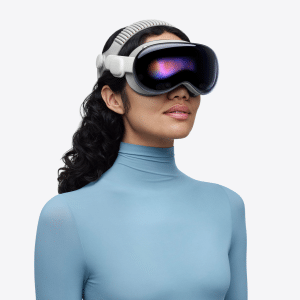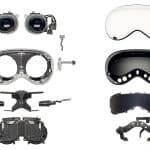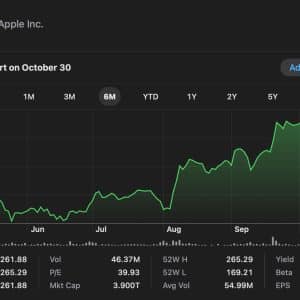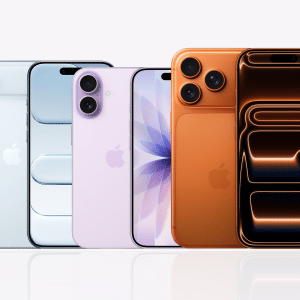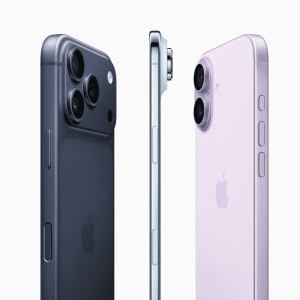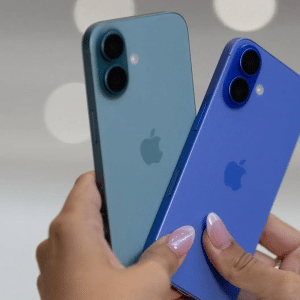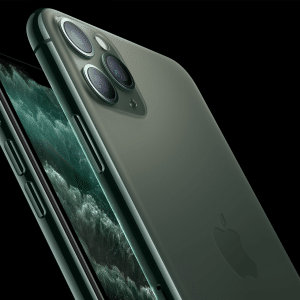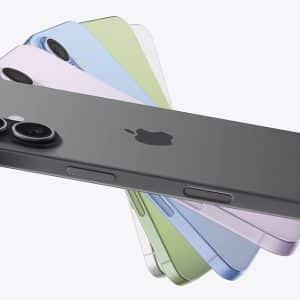Set to debut at the Worldwide Developers Conference (WWDC) on June 9, 2025, the feature leverages the headset’s advanced eye-tracking technology, promising a more intuitive experience for tech enthusiasts and casual users alike.
Currently, Vision Pro users navigate by looking at an object and pinching their fingers to select it, a method that, while innovative, can cause fatigue during prolonged use. The eye-scrolling feature will work across all built-in apps, with Apple developing APIs to enable third-party developers to integrate it into their software. This could extend hands-free scrolling to social media, productivity tools, and gaming apps, enhancing the headset’s versatility. The Verge noted that the feature builds on Apple’s existing eye-tracking capabilities, which use multiple cameras for precise iris scanning and navigation, requiring no new hardware.
Building on Accessibility Roots
The eye-scrolling feature draws from Apple’s accessibility innovations, such as eye-tracking controls on iPhone and iPad, where users focus on onscreen elements to navigate. Bloomberg reported that visionOS 3 refines this technology for spatial computing, allowing users to scroll by focusing their gaze at the top or bottom of a window. For example, looking at the bottom of a webpage could trigger downward scrolling, making tasks like reading articles or browsing feeds more seamless. This reduces physical effort, addressing user complaints about gesture-based fatigue, as discussed on MacRumors forums.
Challenges and Opportunities
However, challenges remain. 9to5Mac highlighted potential inconsistencies if third-party developers don’t fully adopt the APIs, which could lead to uneven experiences across apps. For instance, if popular apps like Netflix or X fail to support eye-scrolling, users might still rely on hand gestures, undermining the feature’s impact. The Verge also raised questions about implementation, suggesting that scrolling might require sustained focus on a page’s edge, which could demand refinement to feel natural. Apple’s track record with accessibility features suggests it will prioritize reliability, but the feature’s success hinges on robust developer support and precise calibration.
Enhancing Usability and Appeal
For users, eye-scrolling could make the Vision Pro more practical and appealing. The headset, launched in 2024, has faced criticism for its high price and limited everyday utility, with some MacRumors users calling it “half-baked” due to its weight and battery design. By reducing reliance on hand gestures, Apple addresses a key ergonomic concern, potentially boosting the device’s adoption among professionals and enthusiasts. The feature aligns with Apple’s pro-innovation stance, offering a glimpse into the future of mixed-reality interfaces where eye movements drive seamless interaction.
Why It Matters
Eye-scrolling could redefine how users engage with mixed-reality devices, making the Vision Pro more intuitive and less physically demanding. For tech users, this means smoother browsing, reading, and app navigation, enhancing productivity and entertainment. By leveraging existing hardware, Apple demonstrates practical innovation, addressing user feedback while pushing spatial computing forward. If executed well, this feature could help the Vision Pro shed its niche status, appealing to a wider audience seeking cutting-edge yet accessible technology.
Looking Ahead
As Apple prepares for WWDC 2025, visionOS 3 is shaping up as a pivotal update. Bloomberg’s Mark Gurman described it as a “feature-packed release,” hinting at additional enhancements like potential PlayStation VR2 controller support. While the Vision Pro’s high cost remains a barrier, features like eye-scrolling signal Apple’s commitment to refining its first-generation spatial computing device. For users, this update promises a more comfortable and efficient experience, potentially setting the stage for future innovations like AR smart glasses.
